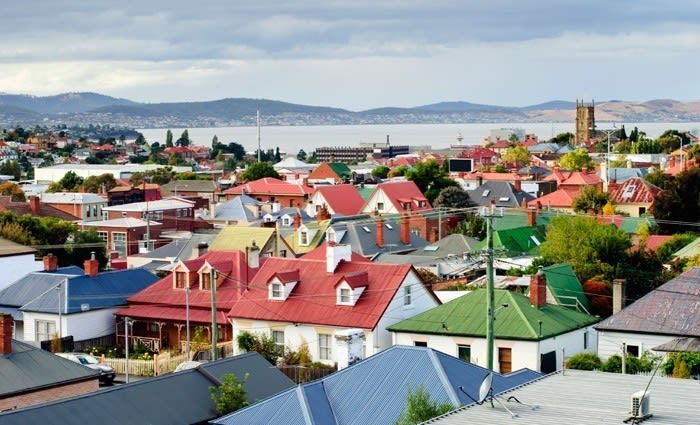2016 may be the year of the quiet city: Terry Ryder
Next year could be the time for the quiet cities to shine.
While Sydney/Melbourne have been rising, and Perth/Darwin falling, the other four capital cities have been apparently dormant in the middle of the pack.
But sales activity patterns, taken with other indicators, suggest we can expect better things from Brisbane, Adelaide, Canberra and Hobart in 2016.
The Canberra market appears poised for recovery, the Tasmanian economy is improving and the Hobart market is producing increasingly positive statistics, while both Brisbane and Adelaide have sales momentum in specific precincts, which are likely to deliver growth in the New Year.
There is considerable movement in Brisbane markets. Within the Greater Brisbane area, the pecking order keeps changing and new markets keep emerging while others subside.
A year ago Brisbane North was strong, with many suburbs delivering double-digit price growth, but now the momentum is very much south of the CBD.
Logan City is the leading precinct with large numbers of growth markets, while the Brisbane South market has stepped up in the second half of 2015 and remains strong going into the New Year.
Logan City has 18 suburbs with rising sales trends, which is the second best in Australia (behind the resurgent Gold Coast).
The most noticeable gains recently have been made by Ipswich City in the south-west of the metropolitan area. Traditionally, Ipswich City has been the leading capital growth precinct in Brisbane. Now, after several down years, it’s making a comeback and is a market to watch, with a high level of affordability and a strong infrastructure spend.
Adelaide is a rising market, but to date significant price growth has been isolated to select precincts.
Sales activity in the past four quarters has been higher, in each case, than the corresponding period a year earlier. This includes the September 2015 Quarter, which produced the best sales result for this time period for the past four years.
The Adelaide market has been on a generally upward path for the past two years, without ever achieving boom status. The rise in activity has been gradual rather than dramatic – and to date price growth has been moderate – except in specific areas, notably in the middle-market precincts in the western suburbs.
Right now, Adelaide has twice as many growth suburbs as Sydney and looks good for better performance in 2016.
Tasmania keeps sending out signals that its economy is improving and that confidence is rising – and we are seeing glimmers of improved activity in property markets, as well as some solid numbers from Hobart in terms of growth in rents and prices.
Canberra sales activity in the September Quarter confirmed my previous assessment that the market had arrested its earlier decline, after two years of stagnating or decreasing sales in its markets.
There have been improvements in house sales levels, but the unit market remains weak. This is reflected in the latest price growth data from CoreLogic RP Data, which shows a 5.1% annual rise in the House Value Index but a 2.6% annual decrease for units.
In terms of total sales in the ACT, including both houses and units, every quarter this calendar year has recorded higher sales than in the same quarter in 2014.
Typically in Canberra, the December Quarter is the strongest period for house sales – and I expect the current trend of gradually rising sales activity to continue into the December 2015 Quarter.
Terry Ryder is the founder of hotspotting.com.au. You can email him or follow him on Twitter.
